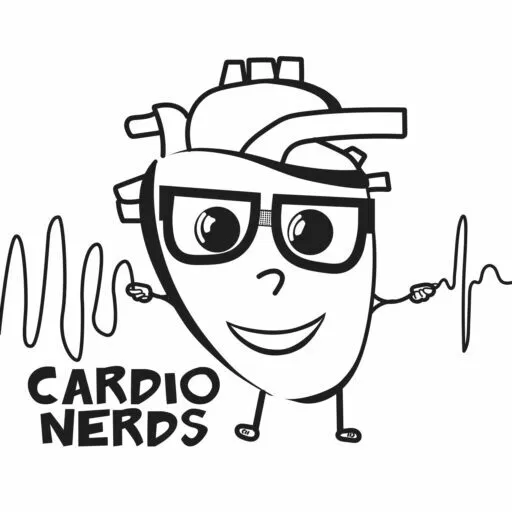Chocolate and cocoa are gifts of the Americas to the rest of mankind. When the Spanish conquistadors came to the New World about 500 years ago, they found ingestion of cocoa to be part of the Inca culture. Its use was reserved for royalty, and its function involved sexual interest and sexual performance—the king had a substantial harem. In the past several hundred years, a wide variety of medical uses have been described,1 none of which have had much scientific support.
My own interest in the Kuna arose from an unusual start. I was funded by the National Institutes of Health (NIH) to study the genetics of hypertension, and decided to ask a novel question: If bad genes that lead to hypertension exist, might good genes that could be protective also exist? We followed up a 50-year-old report on blood pressure in the Kuna with a study of several hundred island-dwelling Kuna living in their original habitat who had a blood pressure of 110/70mmHg.2 Indeed, the same blood pressure was found in a large number of Kuna over the age of 60 years. We were wildly enthusiastic because the simplest genetic explanation of these observations was a Mendelian dominant inheritance.
Unfortunately, this was not the case. Kuna who had emigrated to the mainland did not show these low blood pressures—as they would have if genes had been the cause—but rather showed the same blood-pressure levels that we are used to in the West. The low blood pressure of the inhabitants of the islands, therefore, was not down to genes but rather to environment. As the world is not short of environmental causes of hypertension, we were tempted to stop at this point. However, one fact made it reasonable for us to continue—these known environmental factors have a rather modest influence on blood pressure and certainly would not have been able to lower it to 110/70mmHg. In search of an environmental factor that might be responsible for these low blood pressures, we performed detailed nutrition histories and learned that the Kuna drink cocoa. Cocoa is largely home-grown, is treated very gently, and has been proved to be flavonol-rich. In vitro, the flavonoids lead to vascular nitric oxide synthase (NOS) activation, and we have confirmed and extended this to humans.3 Flavonol-rich cocoa leads to striking vasodilation, which was entirely due to NO. An NOS inhibitor (NOSI) such as N-nitro-L-arginine methyl esther (L-NAME) totally abolishes that response.3
To ascertain whether or not the chronic conception of a high-flavonol diet is associated with augmentation of NO production, we studied two samples of Kuna Indians. One sample was drawn from indigenous Kuna who had lived their lives on the San Blas Islands off the coast of Panama. They showed rare hypertension and no increase in blood pressure with age. Another group of Kuna had migrated to the mainland and now lived in Panama City or a suburb. They did not show the same blood pressure pattern, as blood pressure rose with age and hypertension became quite common. Their diet was well matched except that the island-dwelling indigenous Kuna consumed at least five cups of cocoa and probably in excess of 900mg of catechin and epicatechin per day. The migrants who lived in the city had access only to commercial cocoa, which is expensive, used in small amounts, and is epicatechin- and catechin-poor.
Urine samples were collected fresh from these two populations, frozen immediately on dry ice, and stored at −80°F until assay. On the island, the sum of urinary nitrite and nitrate levels was more than twice that of Kuna living on the mainland.4 Indeed, there was no overlap in the assay results from the two populations. Moreover, urinary levels of flavonol metabolites, expressed as epicatechin equivalents, were more than six times higher in the island dwellers than in the mainland inhabitants. Thus, the results were compatible with a very powerful contribution of flavonol-rich cocoa to NO production.
If vascular NOS is engaged, one might anticipate a positive influence of cocoa on a range of processes including ischemic heart disease, stroke, diabetes mellitus, and even cancer.5 When I began to tell this story, the two most common questions that I was asked were “Does this mean that the Kuna live longer?” and “Does this change the frequency of disease in the Kuna?” These are entirely reasonable questions, but it costs a great deal of money to provide a definitive answer and I am still in search of those funds. However, while I was planning that search I was in Panama during an election and it occurred to me that you cannot perform an election without census information. That proved to be the case, and the government was able to provide me with census information. That information indicated that up to 55 years of age the frequency of death of Kuna and non-Kuna is identical. When age exceeds 55 years, however, there are twice as many surving island-dwelling Kuna as mainland-dwelling non-Kuna. The Kuna, indeed, live much longer.
While working with epidemiology experts in Panama, I learned the interesting fact that one cannot be buried in Panama without a death certificate being signed by a medical person. I was able to locate five years’ worth of death certificates and found quite a striking pattern. Mortality due to ischemic heart disease, stroke, diabetes mellitus, and cancer in island-dwelling Kuna is less than 10% of that on the mainland.5 The very processes that are NO-dependent are those most reduced by life on the islands.
There has been mixed literature on the influence of flavonoid-rich foods in general and specifically of chocolate in cocoa in epidemiological studies.6–19 One important difficulty is that the flavonoid content of foods, even those that are flavonoid-rich, varies sharply with processing.20–22 Ultimately, we will need a randomized controlled clinical trial in which individuals receive either the flavonoid-rich food, presumably cocoa, or an appropriate control. Until we have the results of such studies, all we can do is speculate.







